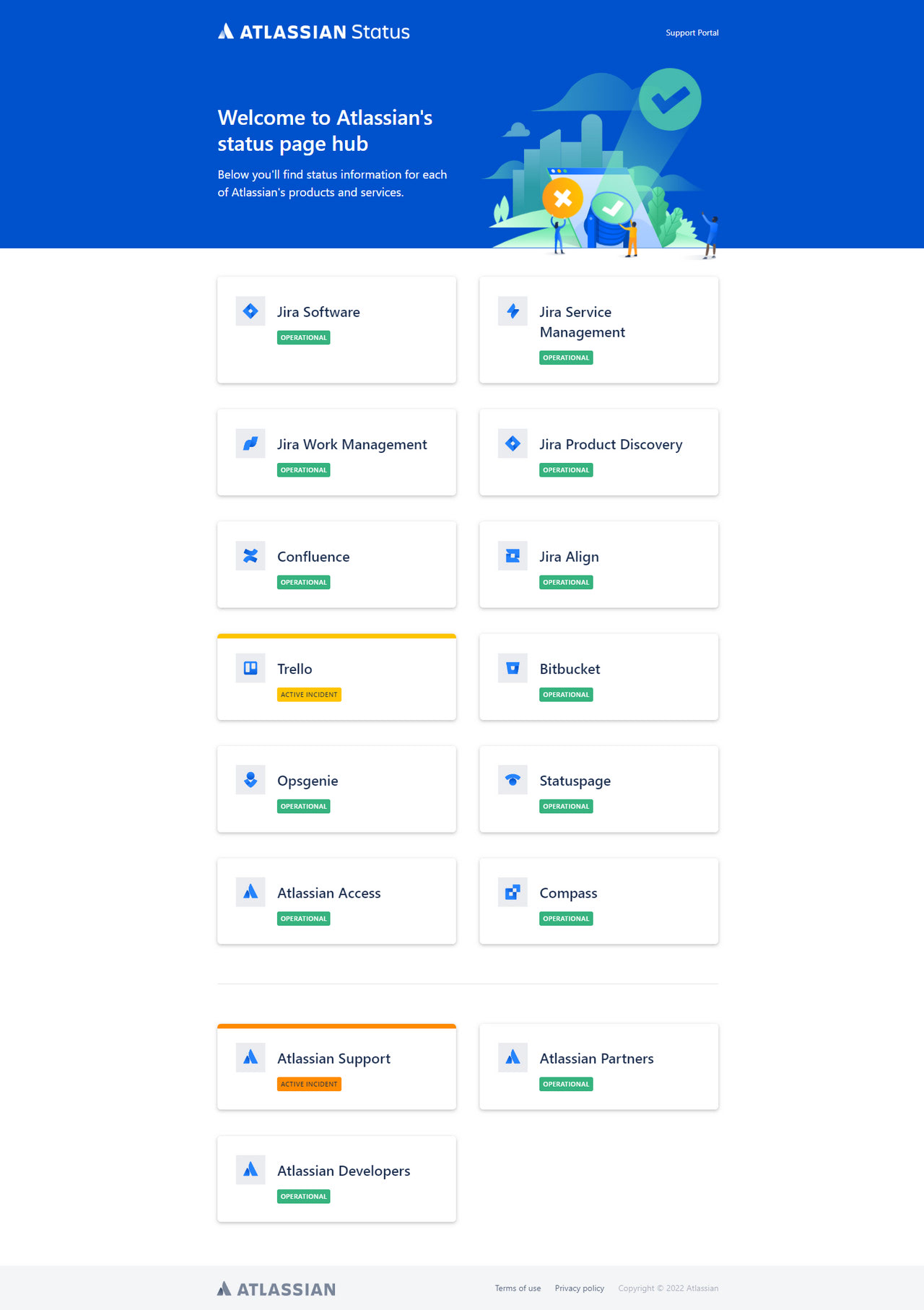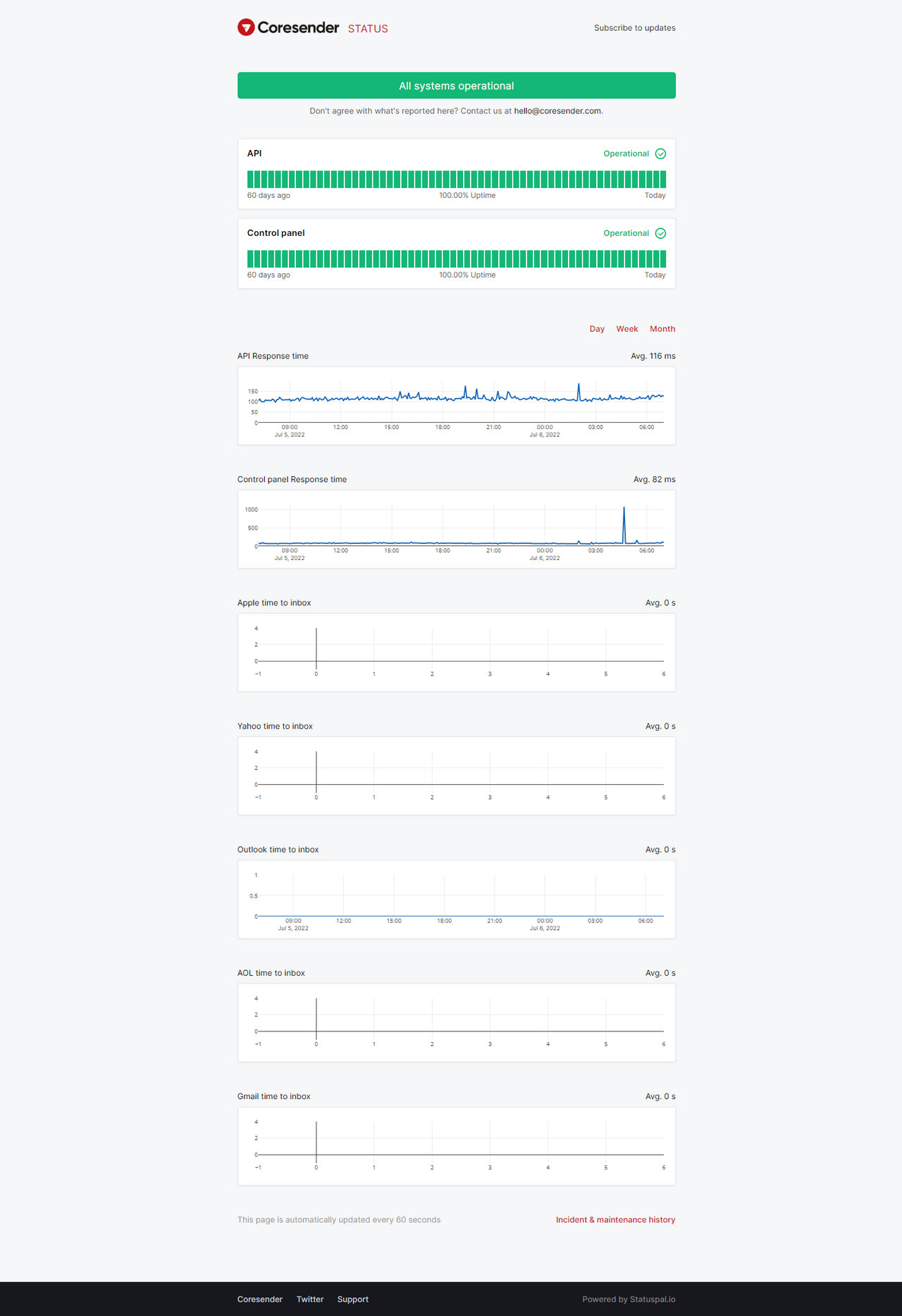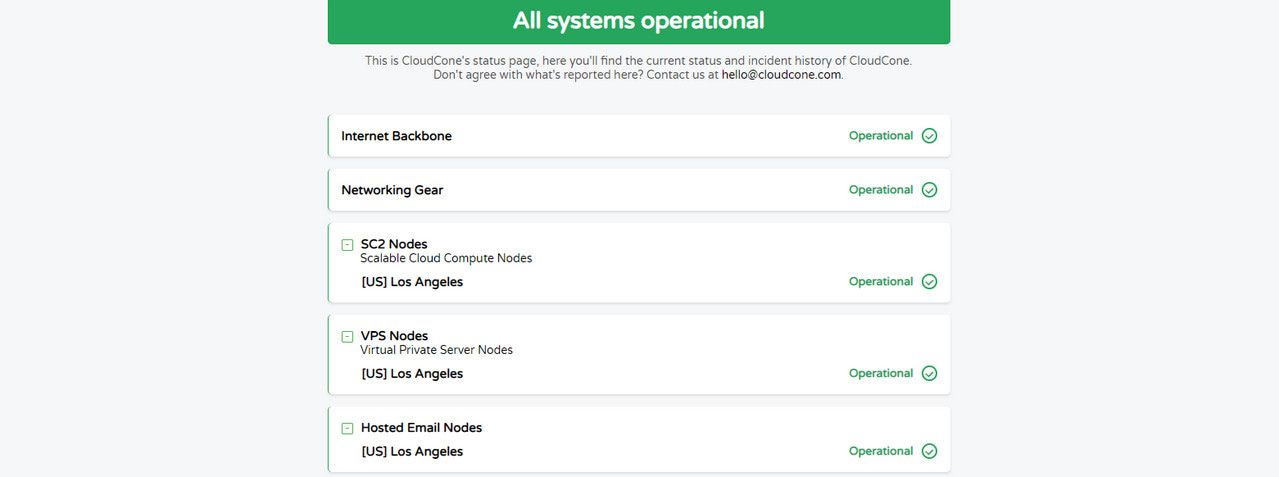Physical Address
304 North Cardinal St.
Dorchester Center, MA 02124
Physical Address
304 North Cardinal St.
Dorchester Center, MA 02124
Do you know that website performance is a top factor in deciding whether the user likes your brand or not? According to recent studies, people expect from companies not only a good-looking website with content that brings value, provides comfortable navigation, and pleases an eye, but most importantly, offers high performance.
Speed plays a key role in how audiences perceive a brand. The faster platform reacts to interactions and requests, the more reliable, trustworthy, and professional it seems. Suppose a website takes only three seconds to get ready. In that case, 78% of visitors bounce immediately and switch to competitors with higher speed and better performance to meet their expectations and requirements (users demand a website to load within two seconds or less these days). To make matters worse, most of them will spread the word and tell their friends about that poor experience.
Indeed, website performance matters. However, it is not only about speed. Many factors shape it: uptime, time to the first byte, HTTP requests, optimization of images and videos, CDN, stability and reliability of server and hosting, plugins, cache, and others. It is highly recommended to monitor these determinants and quickly address issues to win at least half of the battle for good website performance.
The other half of the battle lies in keeping visitors updated about the current situation because their unawareness nullifies all efforts and leads to drastic outcomes. The time-proven way to do this is to introduce status pages.
Status pages have come of massive importance for web platforms lately for several good reasons.
Finally, yet importantly, they play a crucial role in maintaining high website performance: actually, depending on the settings, they may easily take it to the next level.
Let us dive into this concept a bit deeper to see how status pages are crucial for your website performance and brand’s overall image, which is responsible for securing the stability of the company’s position in the market.
So, first things first – what are status pages, how are they classified, and what pieces of information do they deliver to the audience?
A status page is a regular web page with navigation and a well-structured layout that delivers certain information to readers. It is nothing different from other web pages on the platform regarding design.
What does make it unique is that it is an integral part of the incident management process. It is synced with the platform’s monitoring, alerting, and help desk tools to communicate such essential data as incidents, scheduled maintenance, and downtimes with online visitors. It also uncovers the current system’s health, provides an efficient response every time it is needed and gives a solid foundation to eliminate issues.

Generally, status pages come in two types: public status pages and private status pages.
As the nameplate suggests, this status page is public. That means it is available to all groups of visitors and used as a mode of communication with consumers. It can be accessed through a link on the homepage. As a rule, its content is limited to the system’s overall operational status. However, sometimes it may include a thorough report with charts and incident history.
The public status page is not intended to uncover the problem in detail, yet the information that it features is enough to fulfill some critical tasks that improve overall website performance. For instance,
The private status page is a web page hidden from prying eyes. It includes information required for the dev team and other inner departments, such as site reliability engineers or the customer service gang, to quickly assess the situation and address the issue. Synced with monitoring and tracking devices, it displays real-time information about the operational status of every crucial component in the system.
The private status page aims to let employees familiarize themselves with operational status, opt into relevant notifications and get all the necessary information to get started with the problem. As a rule, it includes a thorough report with charts, incident history, maintenance schedule, details, and the current status of problem resolution. It is integrated with many tools that keep engineering, IT, and Ops teams on the same page as they work to resolve the incident at hand.
It is important to note that private status pages are generally hidden from visitors. However, they can be accessed via centralized, company-controlled authentication. This is usually the case of SaaS platforms. They strive to provide their registered users with detailed information about service functionality to ensure overall situational awareness that keeps customers in the loop.
Depending on the type of status page, it may feature such information as
The content of the public status page largely depends on the company’s strategy concerning establishing a certain level of transparency in consumer relationships. Not every business owner is eager to peel back the curtain and invite the audience into the inner company’s world by giving a deep insight into the system’s health. At the same time, not every audience needs that. Therefore, usually, the public status page features operational status, incident history, problem resolution details, and subscription forms.
As for the private status page, its content depends on the requirements and needs of the dev and support teams. Usually, it is an in-depth report with crucial data that is supposed to give a head start and help teams avoid escalation of the problem.

The sad truth about status pages is that they constantly stay overlooked by companies, especially those that have just started their adventure. However, that is a big mistake. Both public and private versions bring numerous benefits to digital businesses regardless of their niche, age, scale, goal, target audience, and location.
For instance, public status pages are great tools for communication with clients during a crisis. Whereas private status pages give the dev team instructions to localize problems without wasting precious time.
When done right, both types of status pages play a fundamental role in keeping website performance at a high level, which in turn translates into users’ engagement, high conversion rates, broad recognition, brand reputation improvement, growth of revenue, and prolongation of product and company life.
Consider the top seven reasons why status pages are crucial for website performance.
Primarily why status pages are vital for website performance is that they are an invaluable source of information where dev teams can find a detailed insight into the performance of minor third parties, which largely stay ignorant.
Every platform is built with third-party applications, plugins, and products: APIs, payment methods, booking systems, and scripts that power animations and interactions, to name a few. The status page (whether public or private) is synced with services that track the availability of these components. With proper settings, it may easily cover all minor failures of these third parties and notify them about the inconsistency in their work or actual flaws as soon as the incident happens.
Based on this information, the team may determine partners that cannot meet the company’s standards and the audience’s expectations. By replacing those that do not justify their confidence with more potent and reliable alternatives, the team improves the system operation process and ensures better infrastructure.
The importance of a reliable server and hosting provider is obvious:
Achieving excellent email deliverability is essential, and a high delivery rate plays a significant role in this process. Collaborate with reputable email deliverability providers to maximize the likelihood of your messages reaching their intended audience.
So, how can the status page help?
Again, by collecting historical data about downtime and informing the dev team about the time during which a machine is out of action, the status page indicates the performance of the server and hosting provider. This data helps to analyze the current server’s potential and ipso facto decide whether it is enough for the company’s comfortable existence.
Although it is impossible to ensure 100% uptime since issues occur all the time due to imperfections of hardware and software, to say nothing about extraneous factors and constant human errors, still some top-notch server providers have managed to reach 99.99% uptime.
So, some good choices are certainly there. You may always switch to a more reliable platform to secure excellent response time and high speed, thereby improving website performance.

Tracking platforms have a huge potential in providing dev teams with crucial on-point information to narrow down all sorts of issues and sort them as fast as possible.
For instance, Pulsetic, a popular website uptime monitoring service among mid-sized businesses worldwide, instantly alerts website owners by phone call, SMS, email, or Slack if a website is down. It can even specify the location from which a website is inaccessible, saving the support team a bunch of precious time.
Such a quick response plays a crucial role in keeping your website performance high because of these reasons:
Do you know that according to recent studies, over 60% of engineering teams in tech companies of all sizes experience problems with duplicate bug tickets? Indeed, the stream of identical registered concerns has become an actual problem lately.
The reason for this is simple; consumers’ standards and expectations are getting more sophisticated each year. They are no longer patient about the malfunction of systems they rely on. They do not want to tolerate interruptions and delays since the web is teeming with other alternatives.
Therefore, they eagerly express their discontent, displeasure, and worries by submitting multiple IT tickets, generating hundreds of duplicates. These numerous copies cause some serious problems. For instance,
However, with a well-thought-out status page, these outcomes are easily avoidable as it keeps users informed in an automated, consistent, and accurate way and provides updates on resolution status, thereby eliminating customers’ needs to submit their concerns and displeasure. Without escalation of duplicate tickets, the team avoids alert fatigue and burnout and wins over precious time to work more efficiently to regain website performance quicker.
Notifying users in time about the issue and keeping them updated through alternative channels like email, social media platforms, or messaging programs drastically reduce the number of unnecessary HTTP requests to the platform. Why does it matter? The deal is fewer HTTP requests a website has to make, the faster the site can load.
What’s more, by keeping HTTP requests at a minimum during the crisis, which may occur because of a tiny problem, you may secure high performance of the platform, avoid penalties from your server and hosting provider, and maintain your position in search engines.
Some tracking systems offer more than just uptime monitoring. Some of them can identify system vulnerabilities and provide information about breaches in the security system. While this is not critical for bloggers and small companies with only landing pages, it is crucial for e-commerce and SaaS niches that collect sensitive personal data and largely depend on the payment system.
Though according to recent studies, the web community has seen a 284% increase in cyber attacks from the year prior. Therefore, tracking your digital property’s security layers is vital for everyone, regardless of niche.
So, with a sophisticated monitoring tool, the private status page may instantly inform the dev team about any signs of a hack, malware injections into databases and files, suspicious logins, or unauthorized page edits. This helps the team identify system vulnerabilities, recognize serious problems and prevent possible data leakages and breaches, thereby keeping infrastructure clean and untouched and maintaining website performance at a high level.

Another feature that some sophisticated status page builders offer these days is access to native, in-app page analytics. The latter covers historical metrics for subscribers and page views that give insight into the impact and reach of your status page and page performance based on subscriber data.
By tracking page usage and doing some A/B tests, you may provide your visitors with the most valuable information and understand what segment of subscribers need it most, thereby managing the situation better.
On top of that, companies may send alerts and notifications about things that matter most through alternative channels, thereby decreasing server load and reducing tickets and requests to digital assistant chat. This amplifies the customer support team’s work and provides the dev team with the necessary time to sort out issues.
Status pages come of enormous importance for web platforms these days. Not only do they improve relationships with consumers and secure the brand’s position in the market by building healthy websites and transparent communications, but most importantly, they bring substantial benefits to the websites. For instance,
Actually, with proper settings, public and status pages bring numerous benefits that translate into excellent website performance, which, by the way, is the number one factor for meeting SLA agreement and ensuring a company’s successful existence in the digital space.